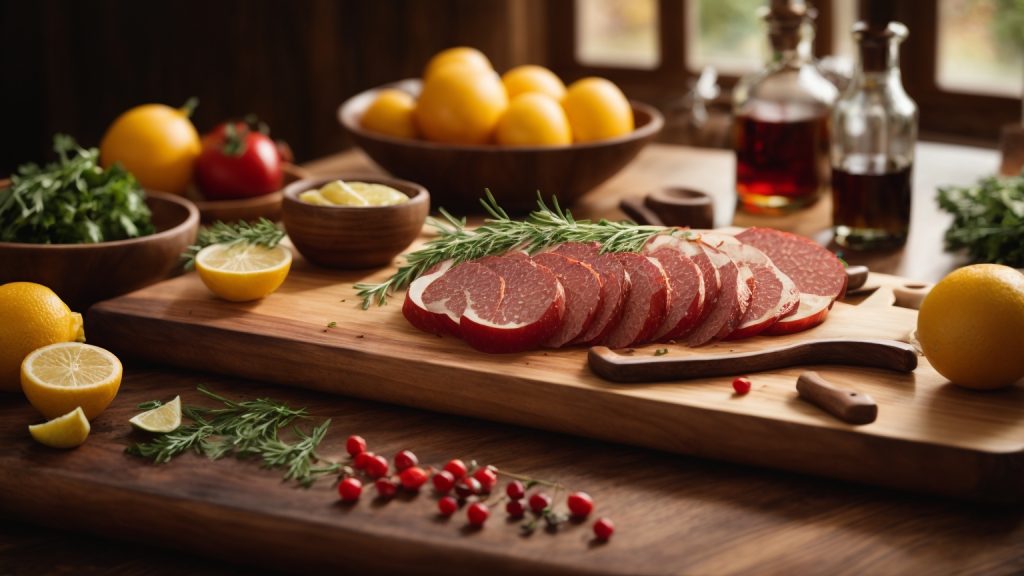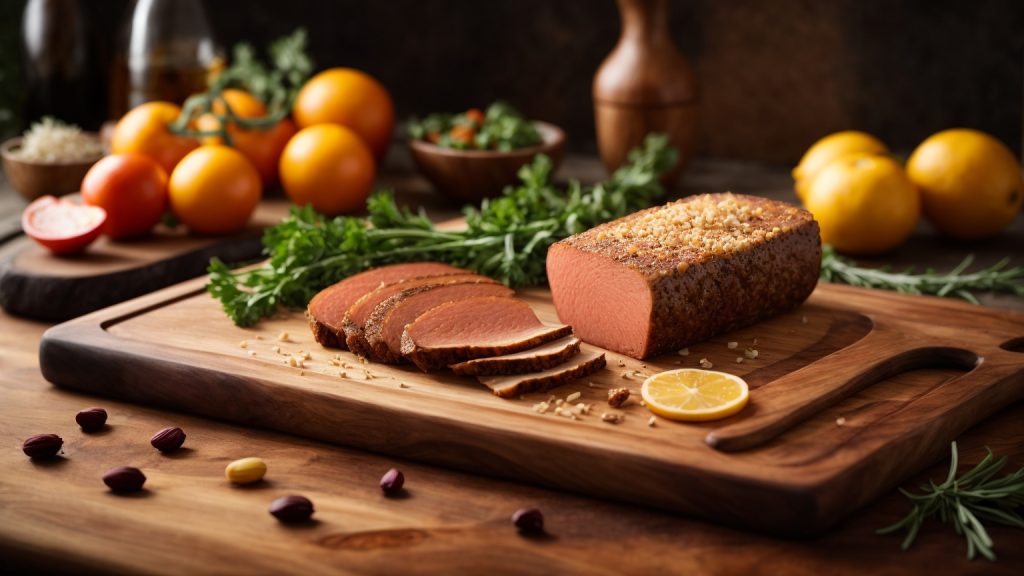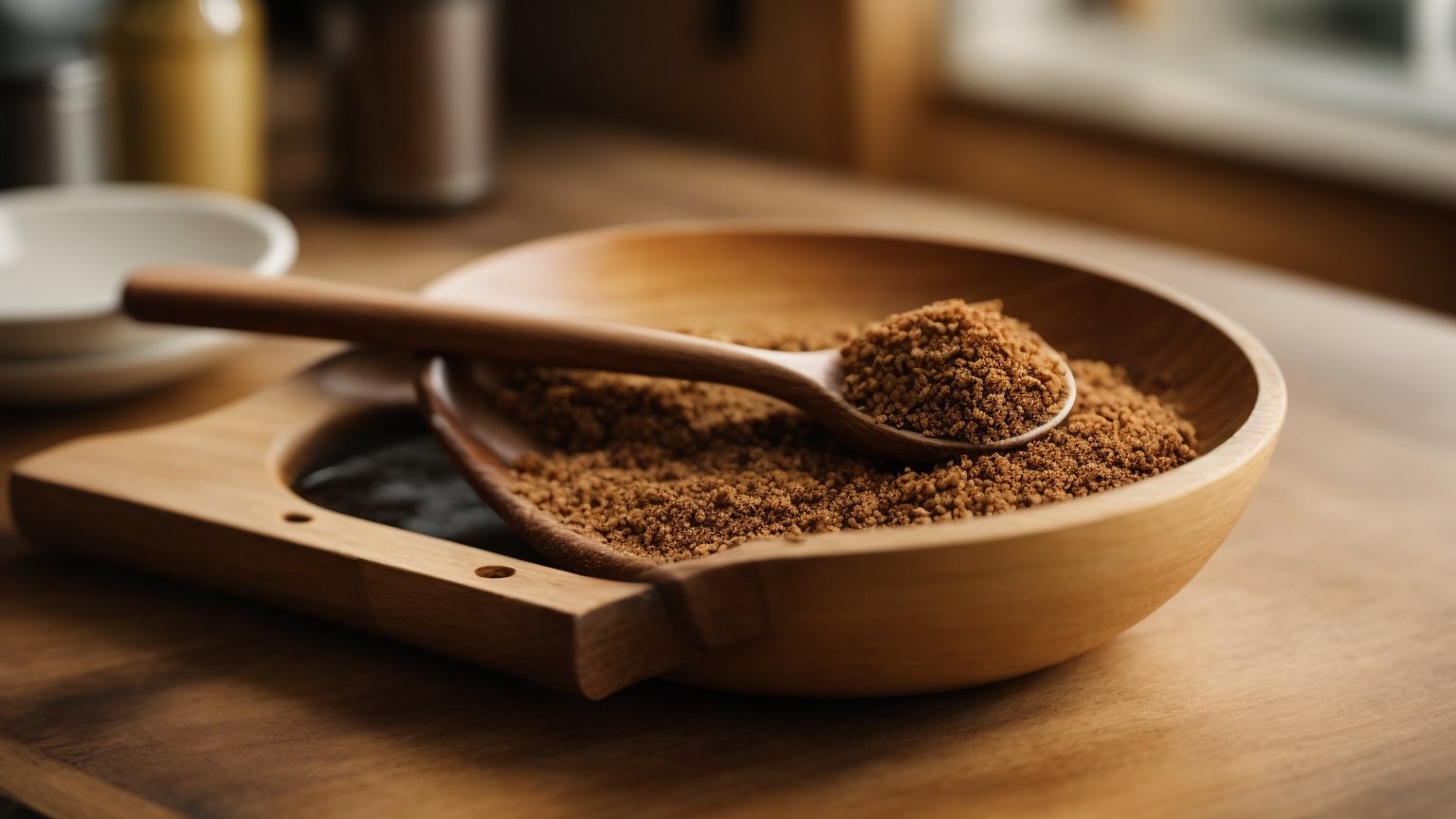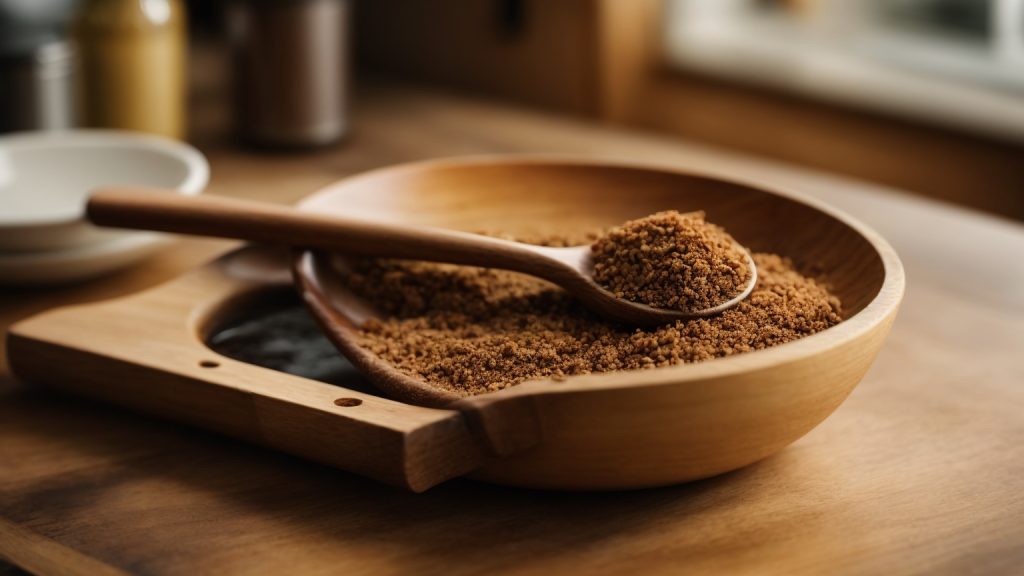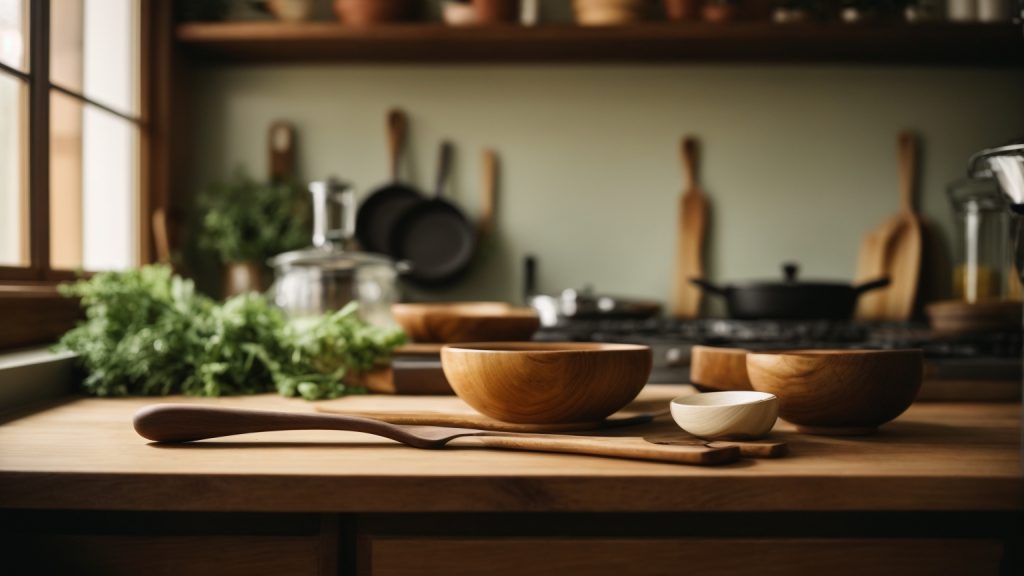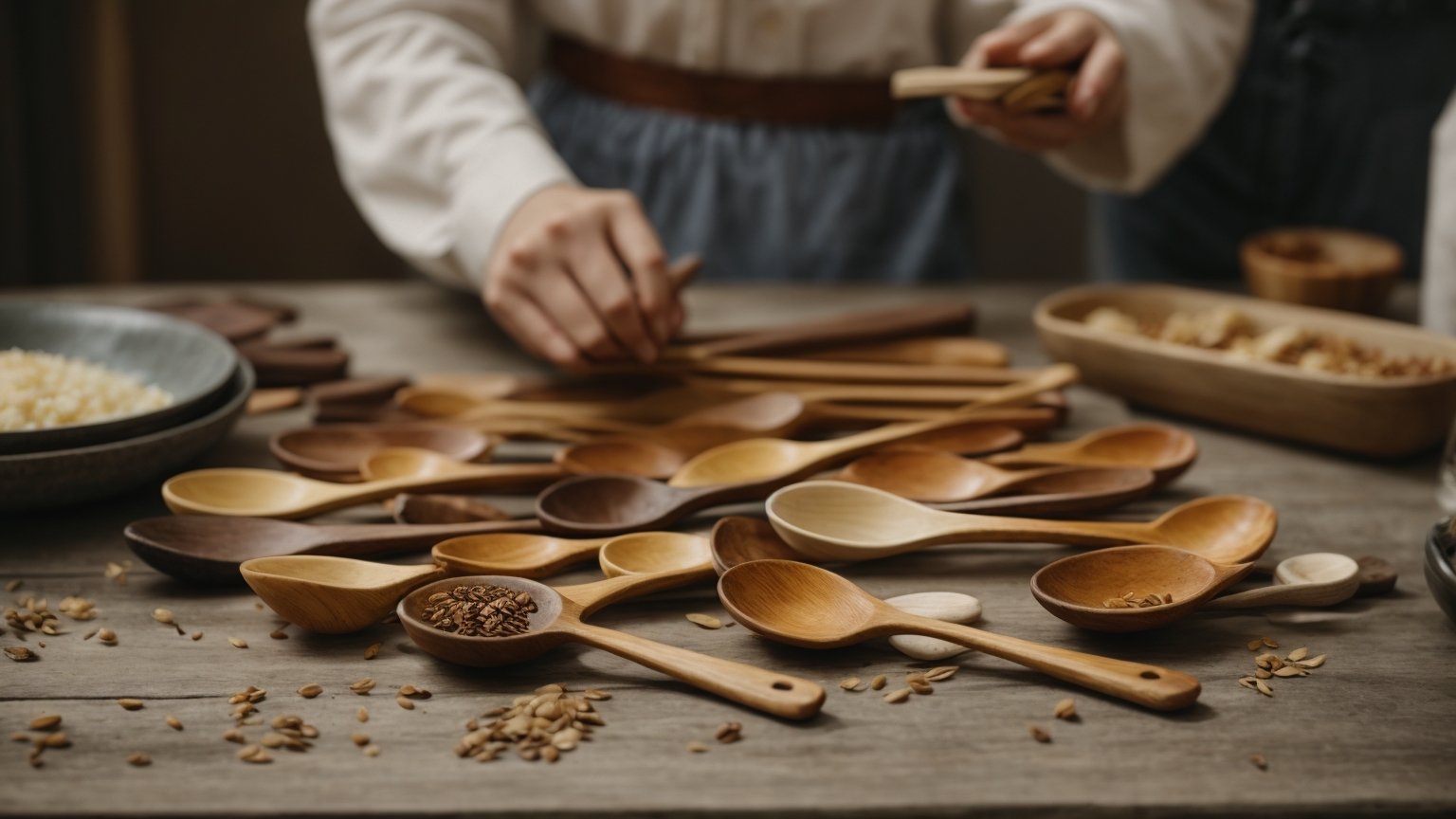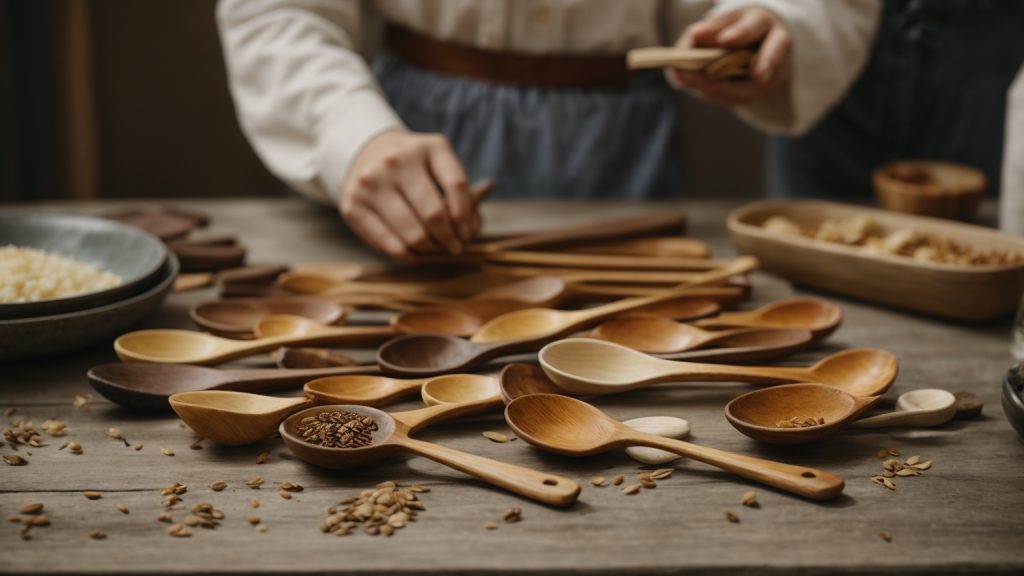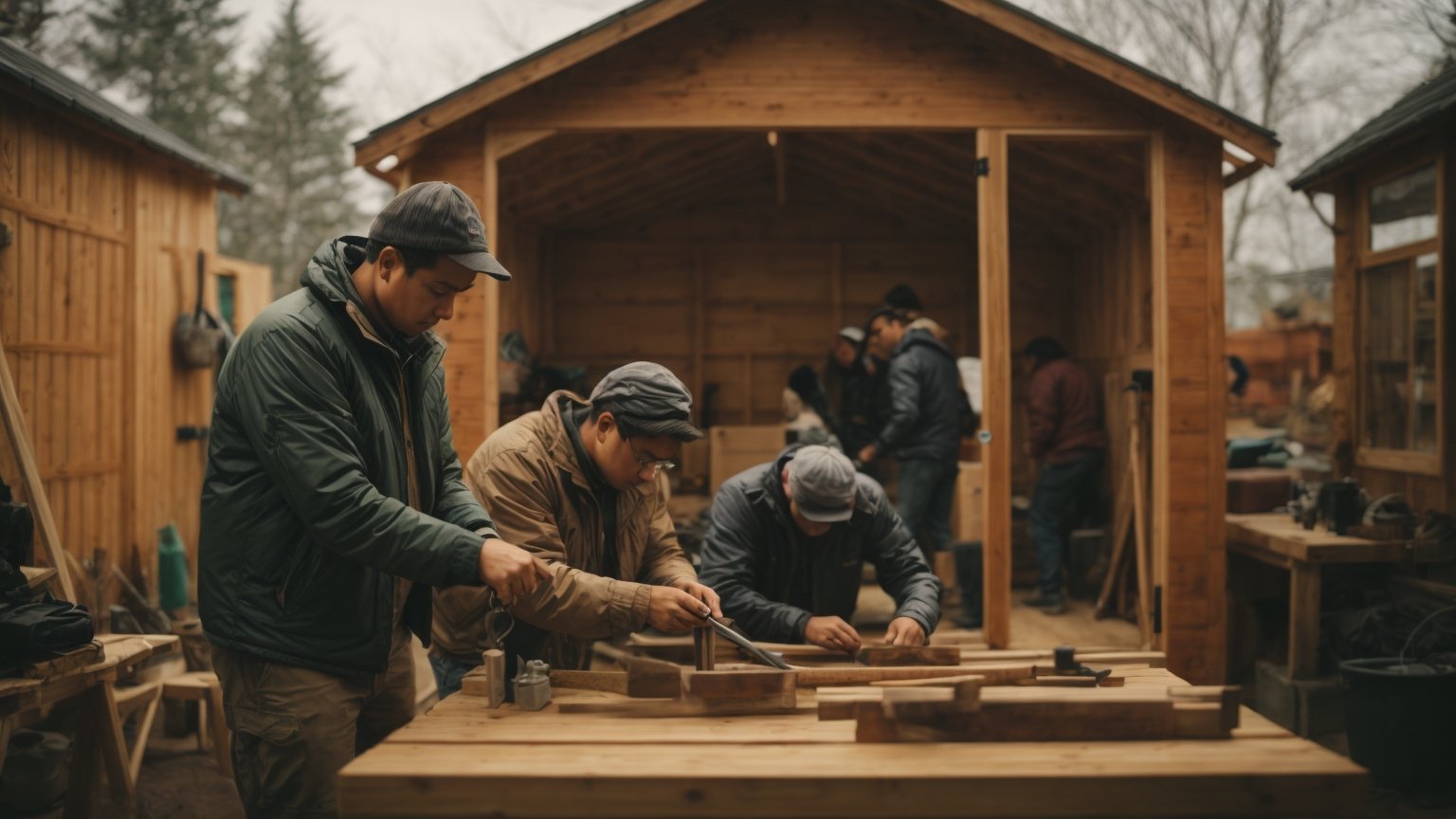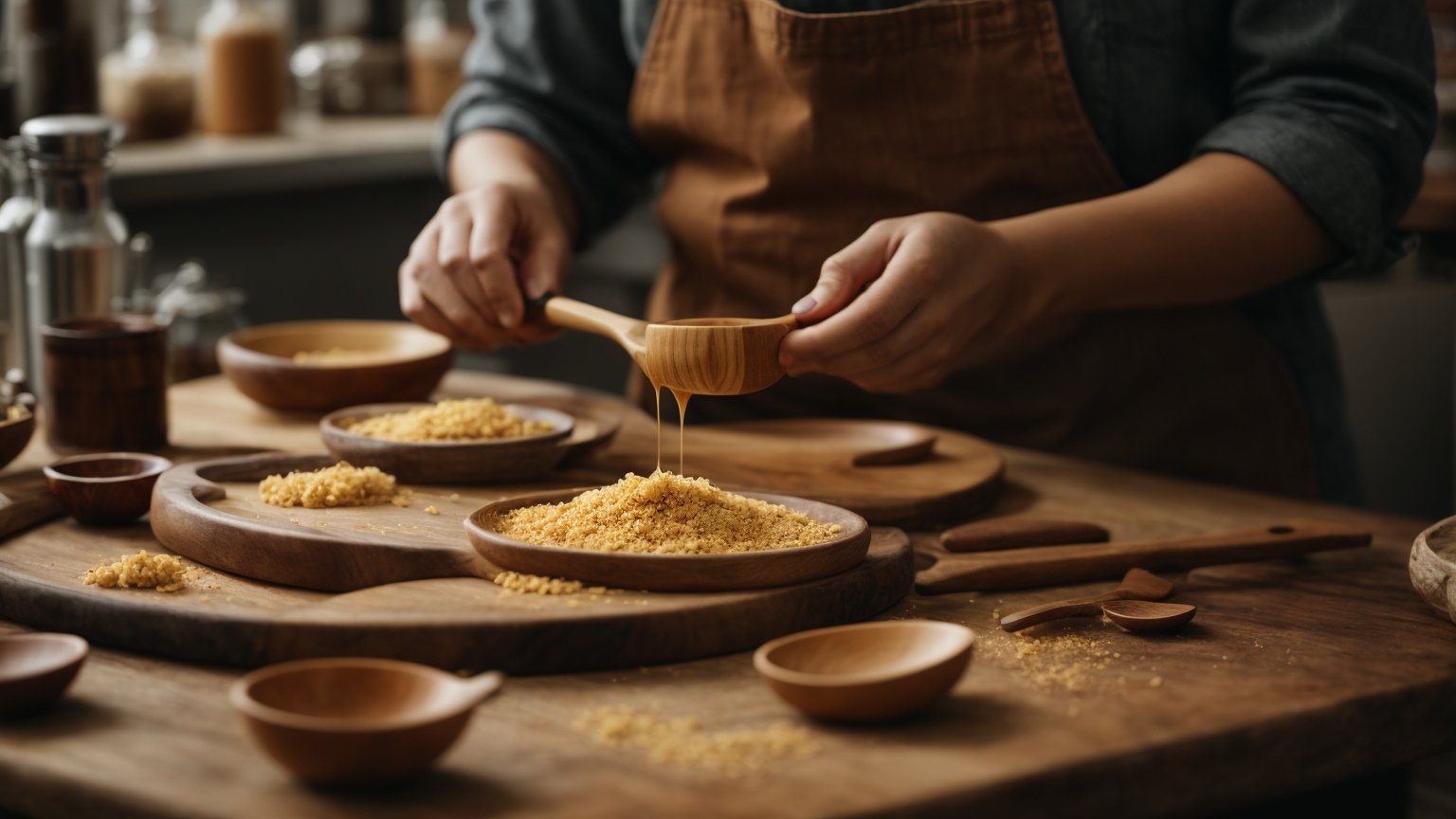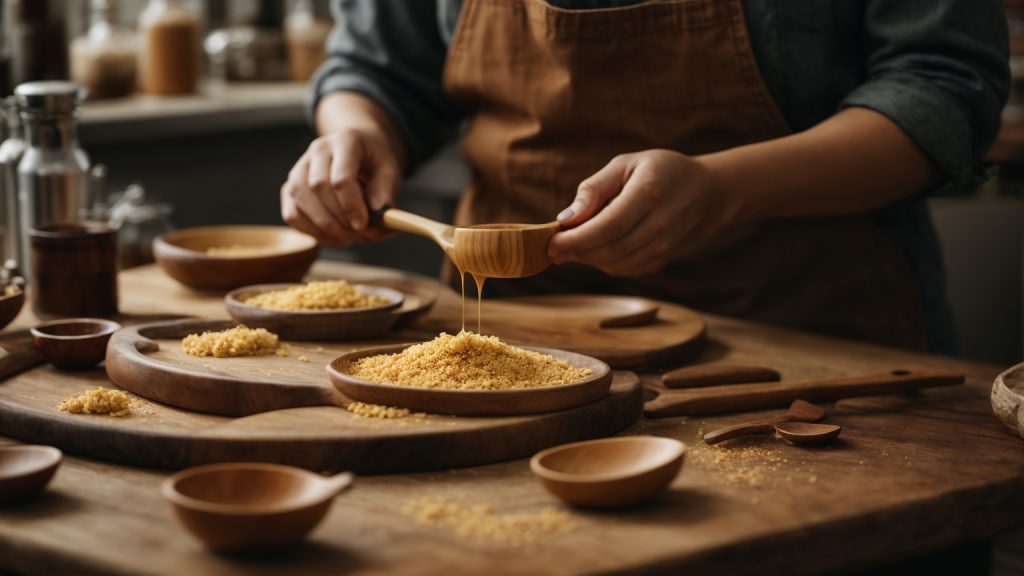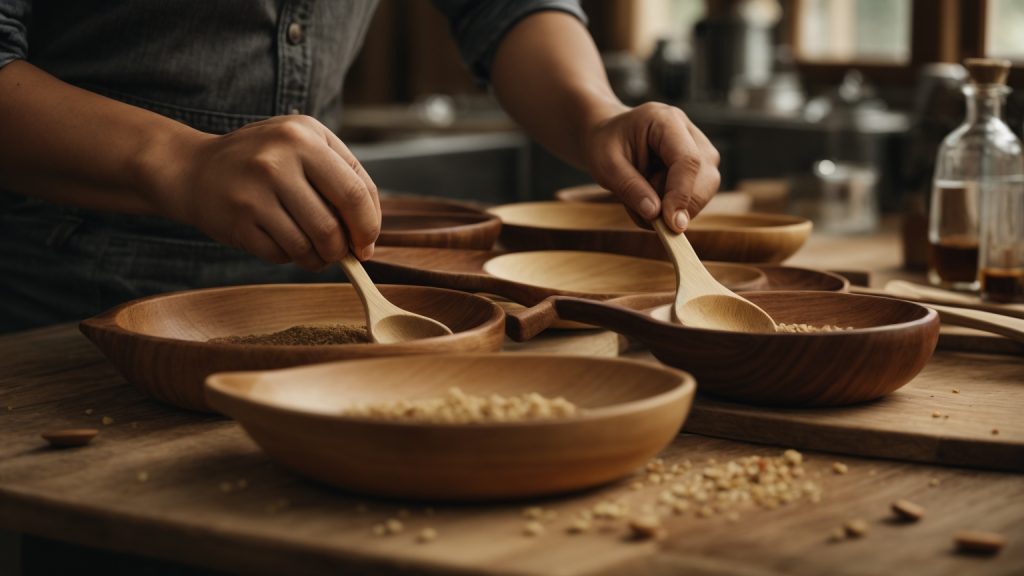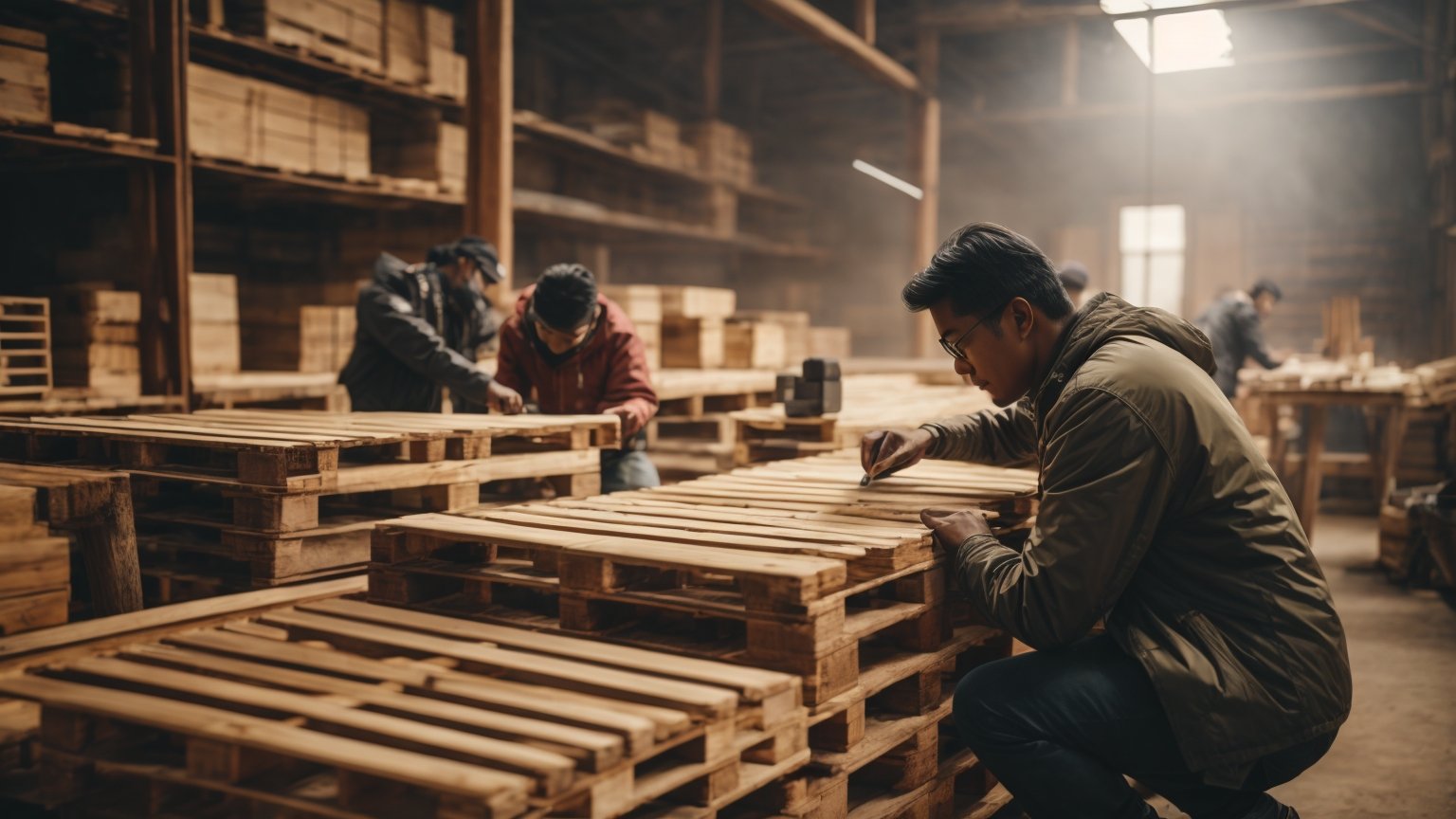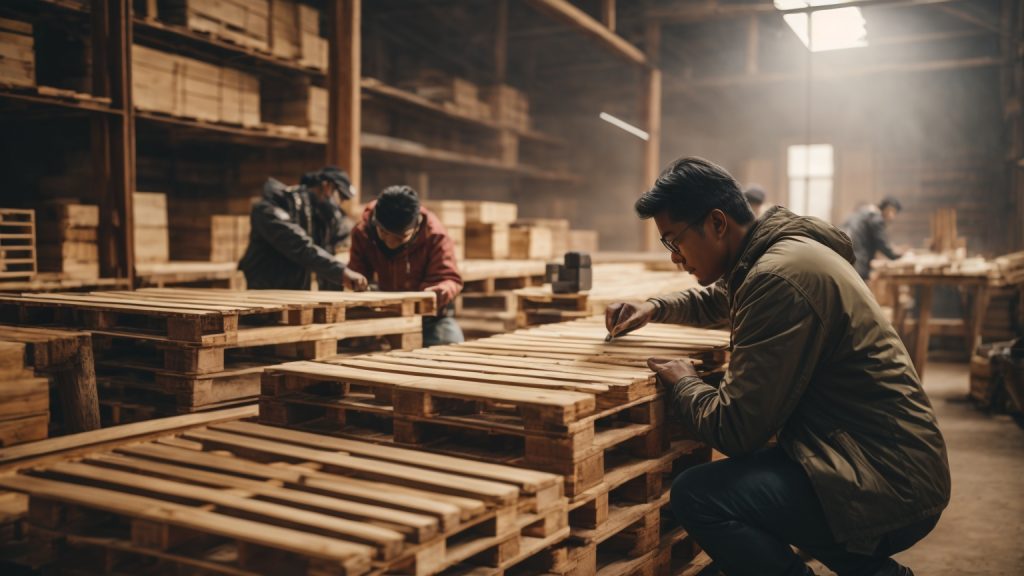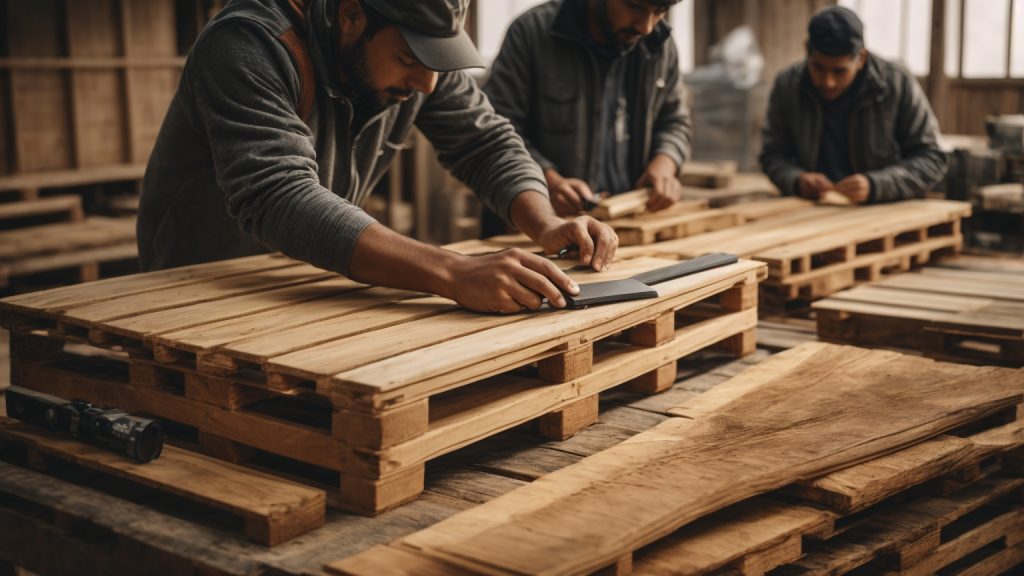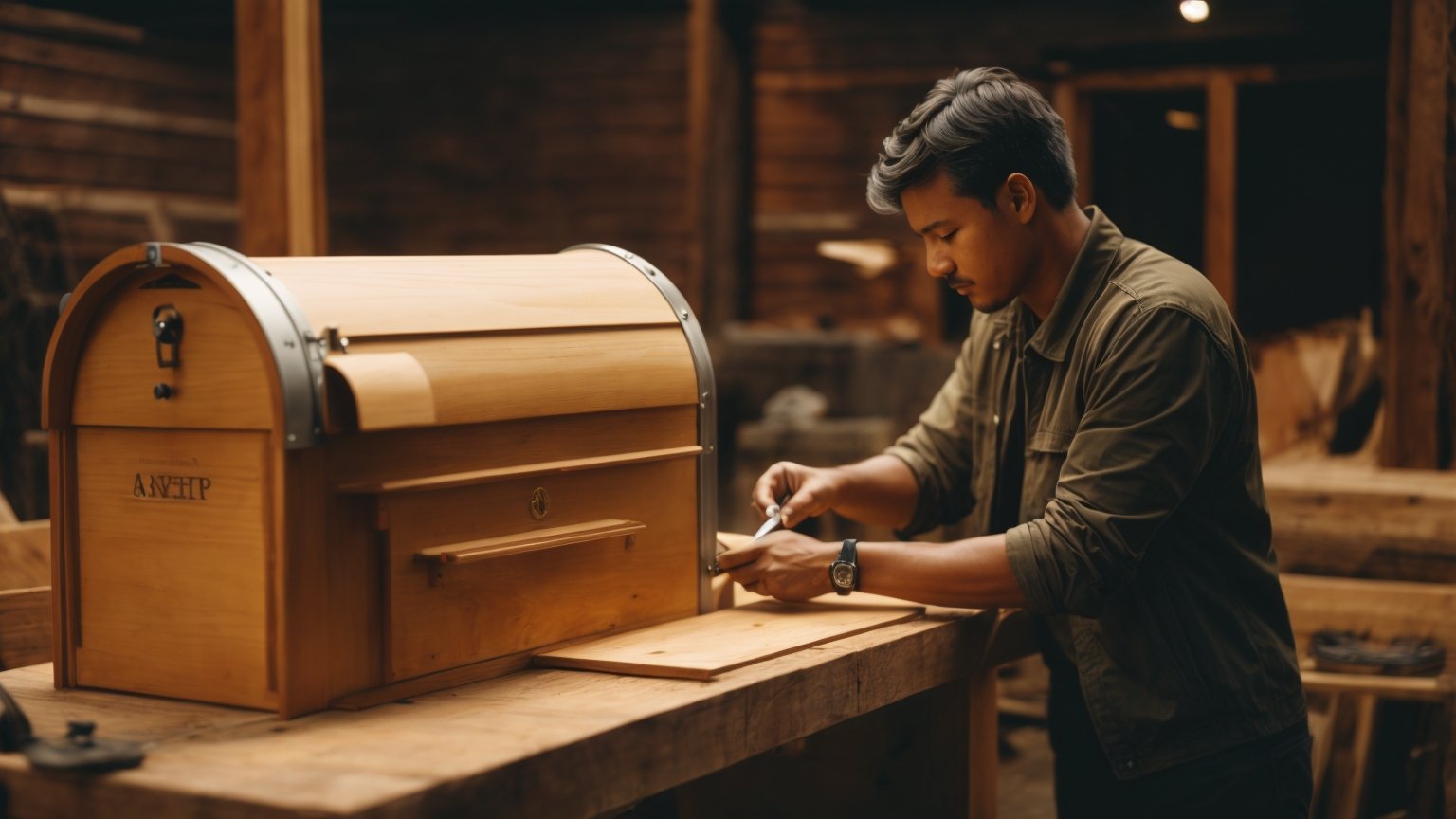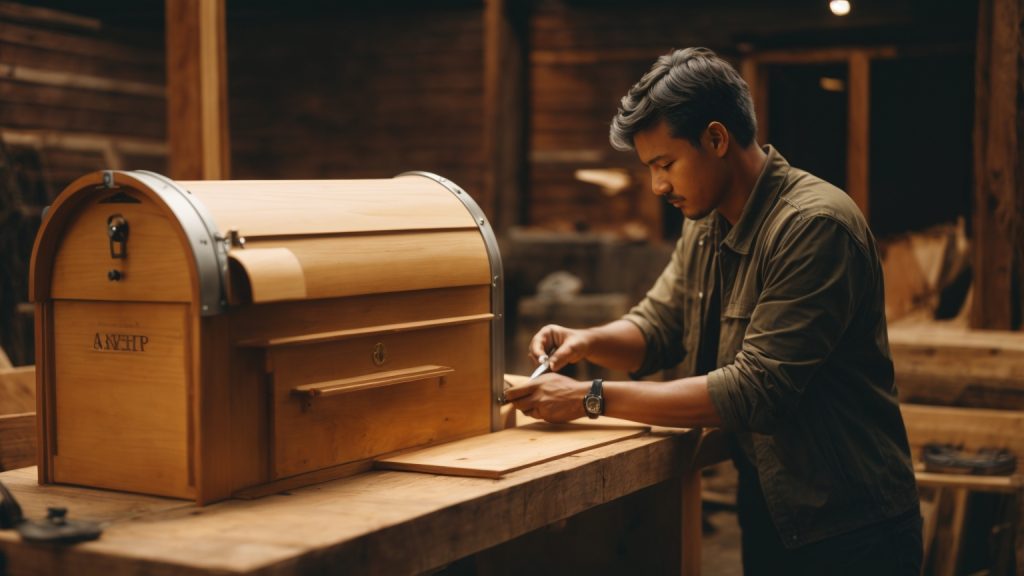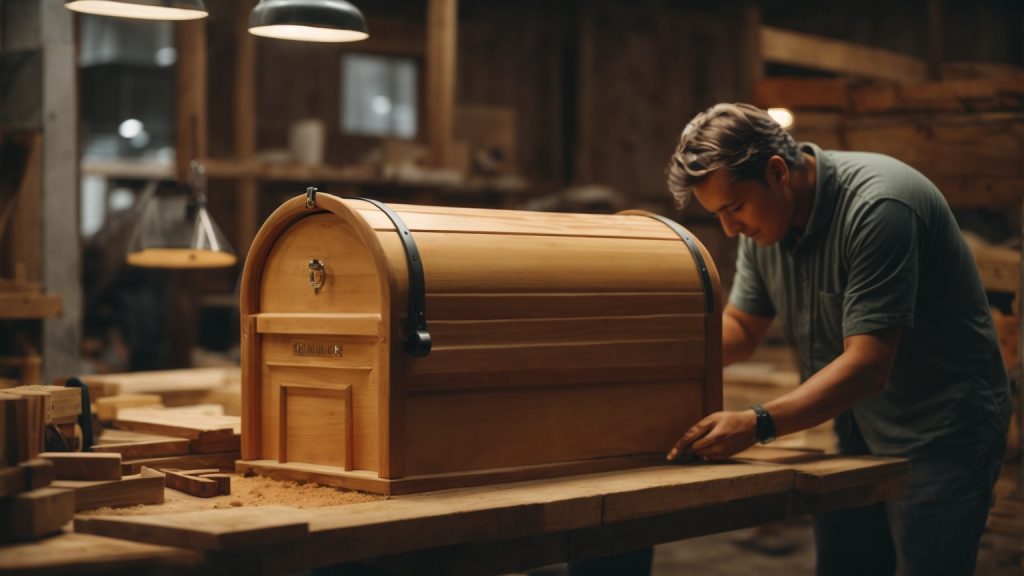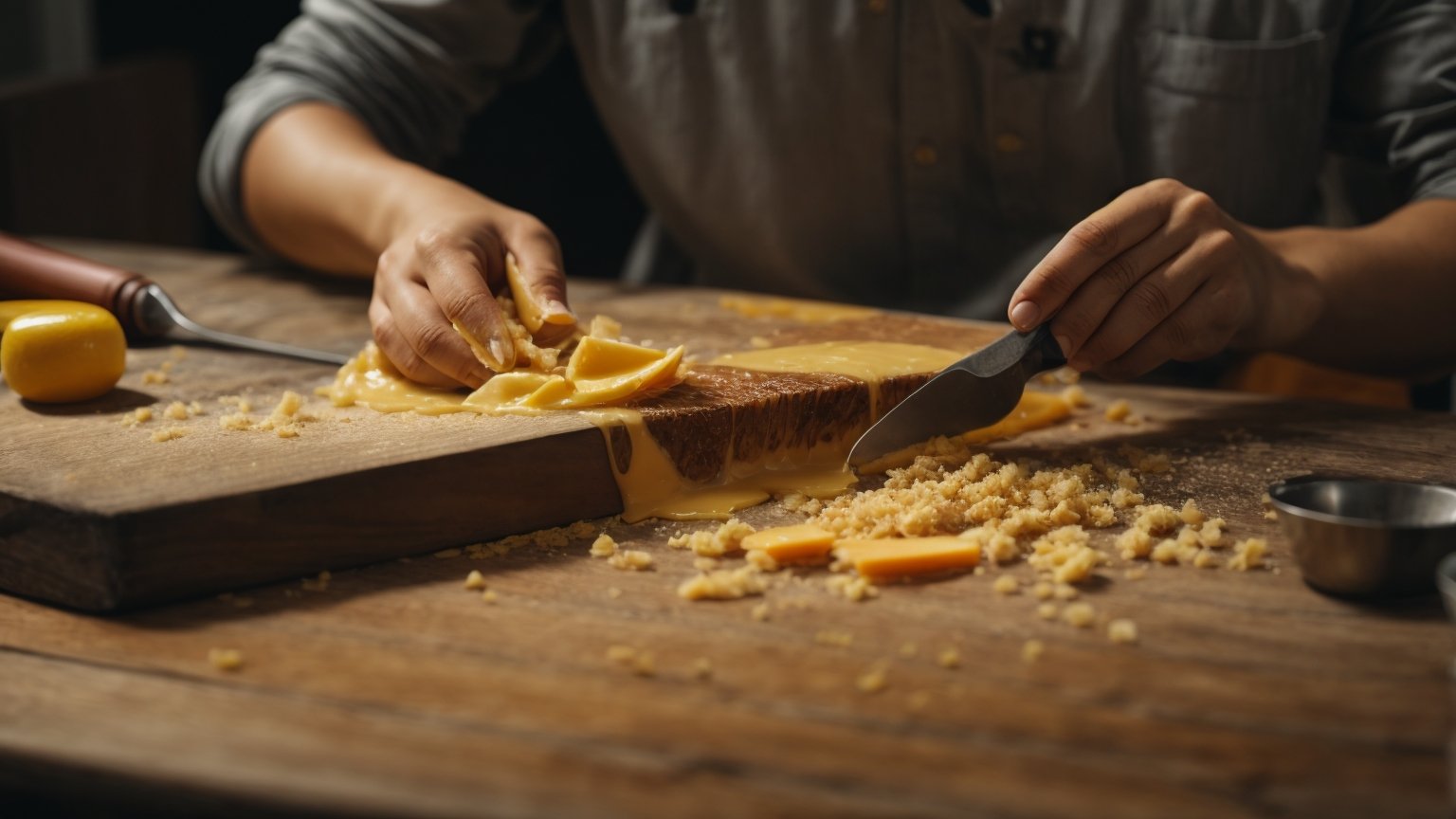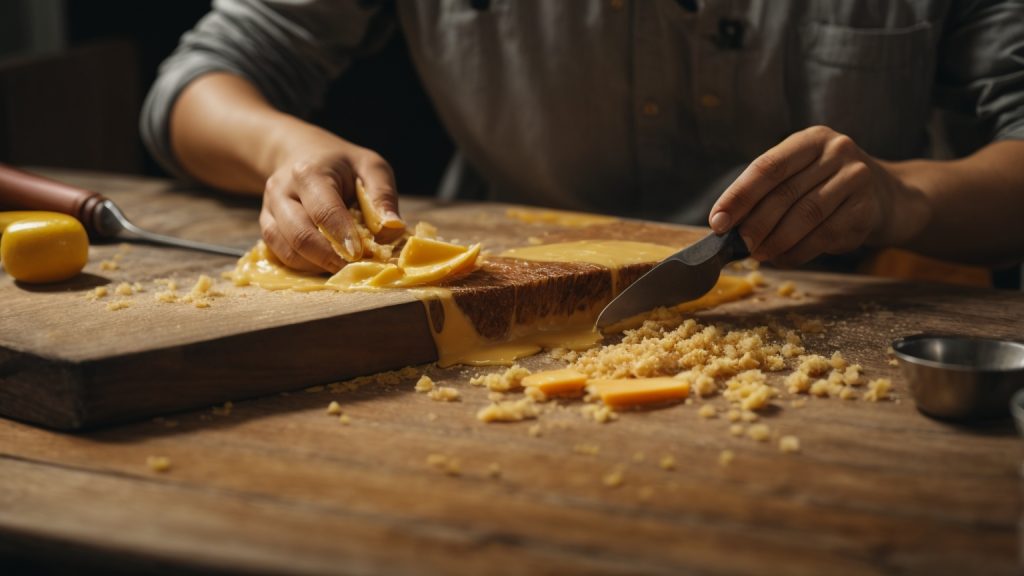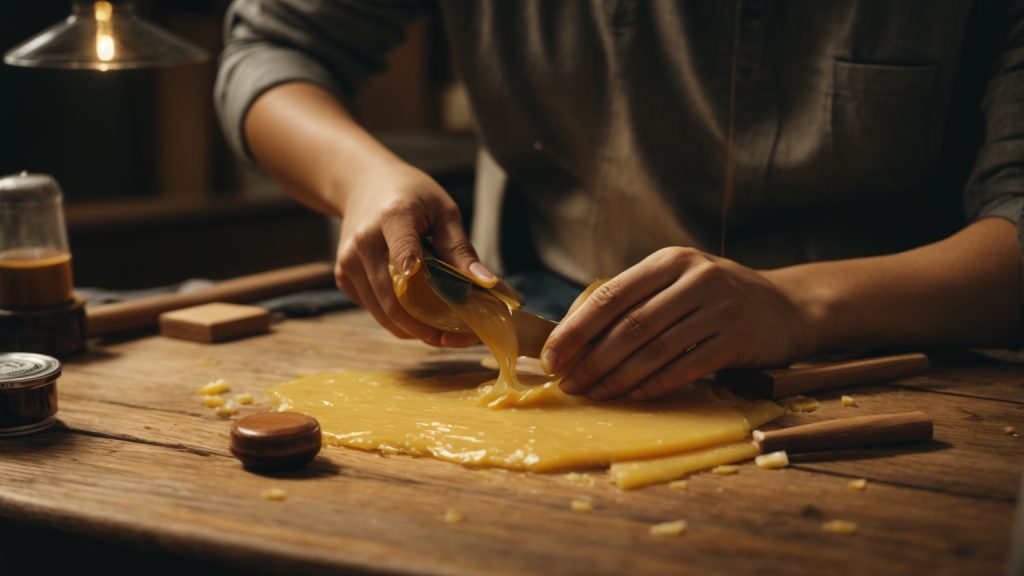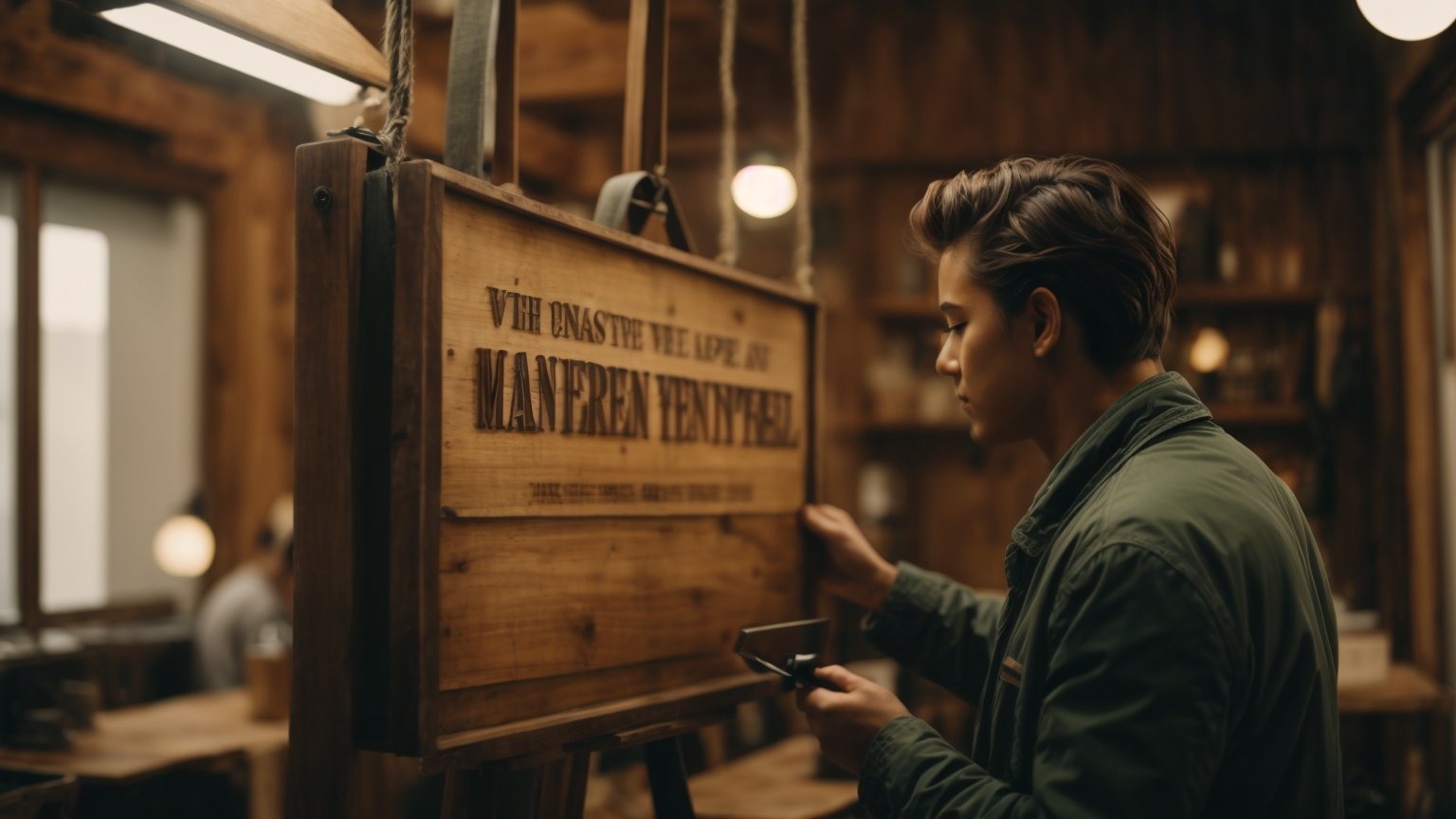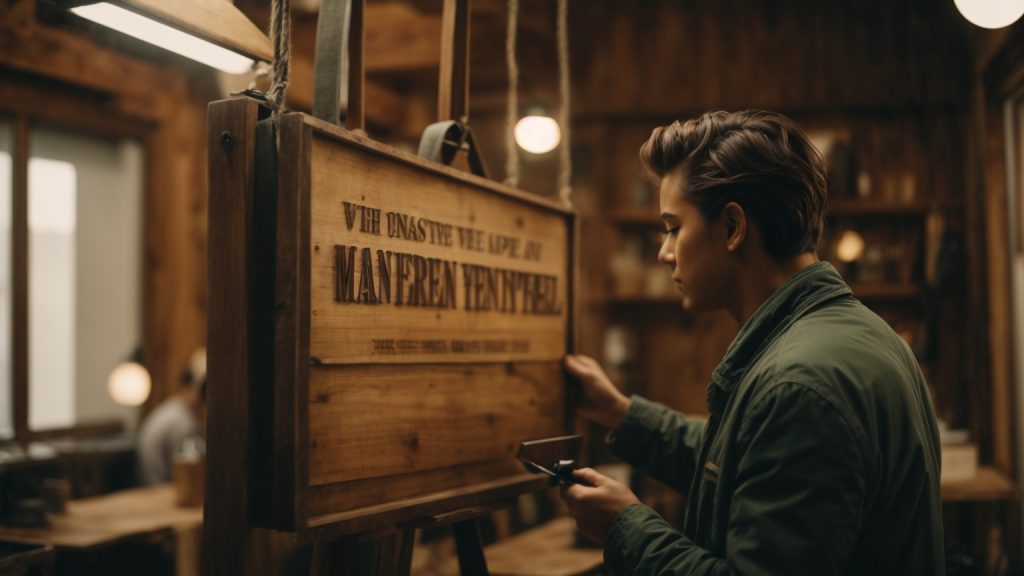Building a wooden shed can be a fun and rewarding project for any DIY enthusiast. Whether you need extra storage space or a workshop, a wooden shed is a great addition to any backyard. In this article, we will provide you with step-by-step instructions on how to build a wooden shed from scratch.
Before you begin building your wooden shed, you will need to determine the size and location of your shed. Consider the purpose of your shed and the amount of space you have available in your backyard. Once you have determined the size and location of your shed, you can begin gathering the necessary materials and tools. In the following paragraphs, we will provide you with a list of materials and tools you will need to build your wooden shed.
Why Build a Wooden Shed?
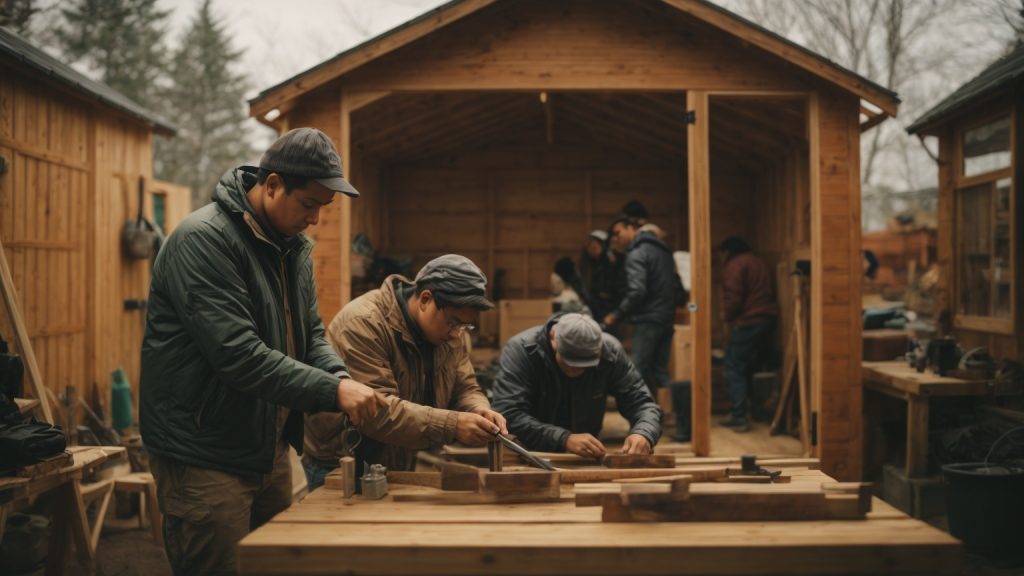
When it comes to building a shed, there are many different materials to choose from. However, wood remains one of the most popular choices for many reasons. In this section, we will explore why building a wooden shed might be the right choice for you.
Aesthetics
One of the primary reasons people choose wood as their shed building material is aesthetics. Wood has a natural beauty that can’t be replicated by other materials. It adds warmth and character to any outdoor space, making it an ideal choice for those who want their shed to blend in with the surrounding environment.
Versatility
Wooden sheds are incredibly versatile and can be customized to suit your specific needs. Whether you need a small storage shed or a larger workshop, wood can be used to create a structure that fits your requirements. Additionally, wood can be painted or stained to match your home or other outdoor structures, making it a great choice for those who want a cohesive look.
Durability
While it’s true that wood requires more maintenance than other materials, it’s also incredibly durable. With proper care and maintenance, a wooden shed can last for decades. Additionally, wood is a renewable resource, making it an environmentally friendly choice.
Affordability
Compared to other materials, wood is relatively affordable. While there are certainly more expensive options out there, wood is a great choice for those who want a quality shed without breaking the bank. Additionally, wood is easy to work with, making it a great choice for those who want to build their shed themselves.
In conclusion, there are many great reasons to choose wood as your shed building material. From its natural beauty to its affordability, wood is a versatile and durable choice that will provide you with years of use and enjoyment.
Choosing the Right Wood
When building a wooden shed, choosing the right type of wood is crucial to ensure the longevity and durability of your structure. In this section, we will discuss the different types of wood and wood treatment options available to help you make an informed decision.
Types of Wood
There are several types of wood that can be used for building a shed. Here are some of the most common options:
- Cedar: Cedar is a popular choice for shed building because of its natural resistance to rot and insects. It also has a pleasant aroma and is visually appealing with its reddish-brown color.
- Pine: Pine is a cost-effective option for shed building. It is readily available and easy to work with. However, it is not as durable as other types of wood and requires regular maintenance to prevent rot and insect damage.
- Redwood: Redwood is a premium option for shed building because of its natural resistance to decay and insects. It also has a beautiful color and grain pattern. However, it is more expensive than other types of wood.
- Pressure-treated lumber: Pressure-treated lumber is a popular choice for shed building because it is treated with chemicals to resist rot and insect damage. It is also affordable and readily available. However, it may not be suitable for certain applications, such as interior framing.
Wood Treatment
In addition to choosing the right type of wood, it is important to consider wood treatment options to further protect your shed from the elements. Here are some common wood treatment options:
- Paint: Painting your shed can help protect it from moisture and UV rays. It also adds a decorative touch and can be easily changed if desired.
- Stain: Staining your shed can enhance the natural beauty of the wood while also providing protection from moisture and UV rays. It is a popular choice for cedar and redwood sheds.
- Sealant: Applying a sealant to your shed can help prevent moisture penetration and rot. It is a good option for pressure-treated lumber and pine sheds.
Remember to always follow the manufacturer’s instructions when applying wood treatment products. With the right type of wood and proper treatment, your wooden shed can provide years of use and enjoyment.
Designing Your Shed
When it comes to designing your wooden shed, there are a few important factors to consider. In this section, we’ll discuss the size and layout of your shed, as well as the placement of doors and windows, and the design of your shed’s roof.
Size and Layout
The size and layout of your shed will depend on a few key factors. First, consider how much storage space you need. This will help you determine the overall size of your shed. You should also take into account the available space in your backyard and any zoning regulations that may apply in your area.
Once you have determined the overall size of your shed, consider the layout. Think about how you will use the space inside the shed and plan accordingly. You may want to include shelves or workbenches, for example, or leave space for larger items like lawn mowers or bicycles.
Door and Window Placement
The placement of doors and windows in your shed is important for both functionality and aesthetics. You should consider how you will enter and exit the shed, as well as how much natural light you want to let in.
When it comes to doors, consider whether you want a single or double door, and where you want it to be located. A double door may be more convenient for larger items, while a single door may be more space-efficient.
For windows, think about how many you want and where you want them to be located. Windows can provide natural light and ventilation, but too many windows may compromise the structural integrity of your shed.
Roof Design
The design of your shed’s roof is an important consideration, both for practical and aesthetic reasons. A sloped roof is recommended for shedding rainwater and snow, and can also give your shed a more traditional look.
You should also consider the type of roofing material you want to use. Asphalt shingles are a popular option, but you may also want to consider metal roofing or even a thatched roof for a more unique look.
Overall, designing your wooden shed requires careful consideration of several key factors. By taking the time to plan out your shed’s size, layout, door and window placement, and roof design, you can create a functional and attractive addition to your backyard.
Gathering Materials
When it comes to building a wooden shed, gathering the right materials is essential. In this section, we’ll cover the three main categories of materials you’ll need: wood, tools, and fasteners and hardware.
Wood
The type of wood you choose for your shed will affect its durability, appearance, and cost. Here are some common types of wood used for shed construction:
| Type of Wood |
Pros |
Cons |
| Pressure-treated lumber |
Resistant to rot and insects |
More expensive than untreated lumber |
| Cedar |
Naturally resistant to rot and insects |
More expensive than other types of wood |
| Pine |
Affordable and easy to work with |
Not as durable as other types of wood |
In addition to the type of wood, you’ll also need to consider the size and shape of the boards you’ll be using. Common sizes include 2x4s, 2x6s, and 4x4s.
Tools
Having the right tools on hand will make your shed-building project much easier and more efficient. Here are some essential tools you’ll need:
- Circular saw
- Power drill
- Hammer
- Level
- Tape measure
- Square
- Chalk line
- Sawhorses
- Safety glasses
- Work gloves
In addition to these basic tools, you may also need specialized tools depending on the design of your shed. For example, if you plan to install a metal roof, you’ll need a metal-cutting blade for your saw.
Fasteners and Hardware
Fasteners and hardware are the small but important components that hold your shed together. Here are some common types you’ll need:
- Nails: Used to attach boards together
- Screws: Used for a stronger hold than nails
- Bolts: Used to attach larger pieces of wood together
- Hinges: Used to attach doors to the frame
- Latches: Used to keep doors closed
- Roofing nails: Used to attach shingles or other roofing materials
- L-brackets: Used to reinforce corners and joints
Make sure to choose fasteners and hardware that are appropriate for the type of wood you’re using and the design of your shed. For example, if you’re using pressure-treated lumber, you’ll need to use galvanized or stainless steel fasteners to prevent corrosion.
Building the Foundation
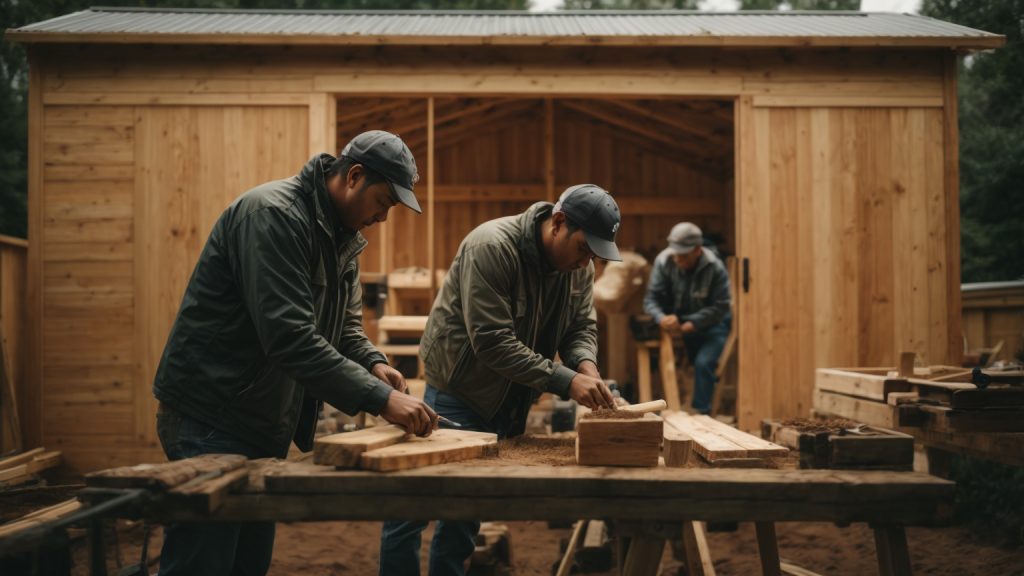
Before you start building your wooden shed, you need to create a sturdy foundation that will keep it level and protected from moisture. In this section, we’ll go over the three main steps of building a wooden shed foundation: choosing the location, leveling the ground, and laying the foundation.
Choosing the Location
The first step in building a wooden shed foundation is choosing the location. You want to find a spot that is level, dry, and away from any trees or other structures that could damage the shed. Make sure to also check with your local building codes to ensure you are following any regulations.
Leveling the Ground
Once you have chosen the location for your wooden shed, you need to level the ground. This is an important step to ensure that your shed will be stable and secure. You can use a shovel, rake, or other tools to remove any rocks, debris, or vegetation that may be in the way. You can also use a level to check that the ground is even and adjust as necessary.
Laying the Foundation
After you have leveled the ground, it’s time to lay the foundation. There are several different types of foundations you can choose from, including on-grade and frost-proof choices. On-grade foundations are usually made of concrete blocks, while frost-proof foundations are made of concrete footings or piers.
To lay the foundation, start by marking out the perimeter of your shed with stakes and string. Then, dig the holes for your foundation and pour in the concrete. Make sure to let the concrete dry completely before moving on to the next step.
In conclusion, building a wooden shed foundation is an essential step in creating a sturdy and long-lasting shed. By following these three steps of choosing the location, leveling the ground, and laying the foundation, you can ensure that your shed will be secure and protected for years to come.
Constructing the Walls
Now that you have built the base of your wooden shed, it’s time to construct the walls. This is where the real fun begins!
Materials Needed
Before you start building the walls, make sure you have all the necessary materials. Here’s a list of what you’ll need:
- 2×4 lumber for framing the walls
- Plywood sheets for the exterior sheathing
- Nails or screws to secure the lumber and plywood
- Saw for cutting the lumber and plywood to size
- Hammer or drill for attaching the lumber and plywood
- Level to ensure the walls are straight and level
Framing the Walls
Start by measuring and cutting the lumber to the appropriate size for the walls. Use a saw to cut the lumber to the correct length and width. Once you have all the lumber cut, it’s time to start framing the walls.
To frame the walls, start by attaching the bottom plate to the base using nails or screws. Then attach the top plate to the top of the wall using the same method. Once the top and bottom plates are in place, you can start attaching the studs. Make sure to space the studs evenly, usually 16 inches apart, and attach them to the top and bottom plates.
Sheathing the Walls
Once the framing is complete, it’s time to sheath the walls with plywood. Cut the plywood sheets to size and attach them to the framing using nails or screws. Make sure to leave a small gap between each sheet to allow for expansion and contraction due to changes in temperature and humidity.
Adding Windows and Doors
If you plan on adding windows or doors to your shed, make sure to frame them out before sheathing the walls. This will make installation much easier.
Conclusion
Constructing the walls of your wooden shed is a crucial step in the building process. Make sure to take your time and follow the steps carefully to ensure a sturdy and long-lasting structure.
Installing the Roof
Once you have built the walls of your wooden shed, it’s time to install the roof. This section will guide you through the process of installing a wooden shed roof.
Framing the Roof
The first step in installing a wooden shed roof is to frame the roof. To frame the roof, you need to install the roof rafters and ridge beam. The roof rafters are the wooden beams that support the roof sheathing and shingles. The ridge beam is the horizontal beam that runs along the top of the rafters.
To frame the roof, follow these steps:
- Measure and cut the roof rafters to the correct length.
- Install the ridge beam on top of the walls of the shed.
- Attach the roof rafters to the ridge beam and the top plate of the wall.
- Install collar ties to prevent the roof from sagging.
Applying the Sheathing
Once the roof is framed, the next step is to apply the sheathing. Sheathing is the layer of plywood or OSB that covers the roof rafters and provides a base for the shingles.
To apply the sheathing, follow these steps:
- Measure and cut the sheathing to size.
- Install the sheathing perpendicular to the roof rafters.
- Nail the sheathing to the roof rafters with 8d nails.
- Leave a 1/8-inch gap between the sheathing panels to allow for expansion.
Adding the Shingles
The final step in installing a wooden shed roof is to add the shingles. Shingles are the overlapping pieces of material that cover the sheathing and protect the roof from the elements.
To add the shingles, follow these steps:
- Install the drip edge along the eaves of the roof.
- Install the underlayment over the sheathing.
- Install the starter shingles along the eaves of the roof.
- Install the shingles in rows, starting at the bottom of the roof and working your way up.
- Cut the shingles to fit around vents and other roof penetrations.
- Install the ridge cap shingles along the ridge of the roof.
Congratulations! You have successfully installed a wooden shed roof.
Adding Doors and Windows
Adding doors and windows to your wooden shed is an essential step in creating a functional and comfortable space. Here are some tips to help you with the process:
Choosing the Right Doors and Windows
When selecting doors and windows for your shed, it’s important to consider the following factors:
- Size: Make sure that the doors and windows you choose are the right size for your shed. Doors should be wide enough to accommodate large items, and windows should be large enough to let in plenty of natural light.
- Material: Wooden doors and windows are a popular choice for sheds because they are durable and can be painted or stained to match the rest of the structure. However, you can also choose doors and windows made from other materials, such as vinyl or metal.
- Style: Doors and windows come in a variety of styles, from traditional to modern. Choose a style that complements the overall look of your shed.
Installing Doors and Windows
Once you’ve chosen your doors and windows, it’s time to install them. Here are some general steps to follow:
- Measure the rough opening: Measure the width and height of the rough opening for the door or window.
- Cut the opening: Cut the opening in the shed wall using a saw.
- Install the frame: Install the frame for the door or window using screws or nails.
- Install the door or window: Place the door or window in the frame and secure it in place using screws or nails.
- Add weatherstripping: Install weatherstripping around the edges of the door or window to prevent drafts and moisture from entering the shed.
Tips for Adding Windows
Adding windows to your shed can provide natural light and ventilation. Here are some tips to keep in mind:
- Position the windows strategically: Place the windows in a position that allows for maximum natural light and ventilation.
- Consider the size of the windows: Larger windows will let in more light and provide a better view, but they may also be more expensive.
- Choose the right type of glass: Consider using tempered glass for safety and durability.
- Add window coverings: Consider adding blinds or curtains to the windows for privacy and to control the amount of light that enters the shed.
By following these tips, you can add doors and windows to your wooden shed with ease, creating a functional and comfortable space for all your storage needs.
Finishing Touches
Once you have completed the construction of your wooden shed, it’s time to add the finishing touches to make it look complete and attractive. Here are some ideas to help you finish off your shed:
Painting or Staining
One of the easiest ways to give your shed a finished look is to paint or stain it. Not only does this add a layer of protection to the wood, but it also adds color and personality to your shed. Before you begin painting or staining, make sure to clean the surface thoroughly and let it dry completely. You may also want to sand the surface lightly to ensure that the paint or stain adheres properly.
When choosing a paint or stain, consider the climate in your area. If you live in a humid environment, you may want to choose a paint or stain that is specifically formulated to resist mildew and mold. If you live in an area with harsh winters, you may want to choose a paint or stain that is formulated to withstand extreme temperatures.
Adding Trim
Another way to give your shed a finished look is to add trim. Trim can be used to cover up any gaps or rough edges, and it can also add a decorative touch to your shed. There are many different types of trim available, including corner trim, fascia trim, and window trim.
When adding trim to your shed, make sure to measure carefully and cut the trim to the correct length. You may also want to pre-paint or stain the trim before installing it. Use finishing nails or screws to attach the trim to the shed, and make sure to fill any nail or screw holes with wood filler before painting or staining.
By adding a coat of paint or stain and some trim, you can give your wooden shed a polished, finished look that will make it the envy of your neighborhood.
Maintaining Your Wooden Shed
To ensure your wooden shed lasts for years to come, it’s important to maintain it properly. Regular maintenance will help you avoid costly repairs and keep your shed looking great. Here are some tips for maintaining your wooden shed:
Regular Inspections
Regular inspections are important to catch any damage or problems early on. Inspect your shed at least once a year, ideally before winter when the weather can cause the most damage. Look for signs of rot, mold, mildew, or insect infestations. Check the roof, walls, and foundation for any cracks, leaks, or other damage. Inspect the door and windows for proper sealing and operation.
Repairing Damage
If you do find any damage during your inspection, it’s important to repair it as soon as possible. Small problems can quickly turn into big ones if left unaddressed. Replace any damaged or rotting wood, fix any leaks, and repair any cracks. Use wood filler to fill in any gaps or holes. Sand and repaint any areas that need it to prevent further damage.
Weatherproofing
To protect your shed from the elements, it’s important to weatherproof it. Use a high-quality waterproof sealant on the exterior of your shed to prevent water from seeping in. Apply a fresh coat of paint or stain every few years to protect the wood from UV rays and moisture. Make sure the roof is in good condition and replace any missing or damaged shingles. You can also add gutters to direct water away from your shed.
Regular maintenance and proper care will help your wooden shed last for years to come. By following these tips, you can keep your shed looking great and avoid costly repairs.
